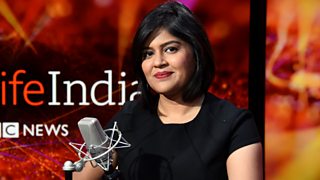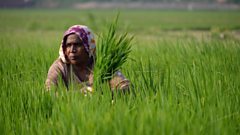
The gender gap in India's vaccination drive
In India 54% of jabs have gone to men and 46% to women. How can this gender gap be closed?
After a promising start in January, India's vaccine drive has been hobbled by challenges. A severe shortfall from May onwards left many searching for jabs.
But logistics aside, another problem has cropped up – women are falling behind men in getting vaccinated.
According to recent data, of the total jabs administered so far, 54% have gone to men and only a little over 46% to women. Experts say women's health has always taken a backseat due to patriarchal social norms. Access to healthcare continues to be a challenge, particularly in rural areas, where nearly 65% of India's population lives. On top of that, unfounded beliefs that the vaccine may cause infertility or menstruation issues also are keeping women away.
What can be done to counter these challenges at the grassroots, as well as at a policymaking level? In this edition of WorklifeIndia, we discuss the measures needed to bridge the gender divide in India's vaccination programme.
Presenter: Devina Gupta
Contributors: Shivangi Karmakar, sr project officer, DEF; Dr Tanya Seshadri, community health practitioner; Dr Gagandeep Kang, virologist, professor, CMC Vellore
Duration:
This clip is from
Featured in...
![]()
WorklifeIndia: TV Episodes—WorklifeIndia
Debate, stories and features about life in India today
More clips from WorklifeIndia
-
![]()
What has changed 10 years after 2012 Delhi bus rape?
Duration: 24:27
-
![]()
India’s Microfinance challenge
Duration: 02:42
-
![]()
Is pay parity a game-changer for Indian women cricketers?
Duration: 24:29
-
![]()
How to deal with layoffs
Duration: 24:29






